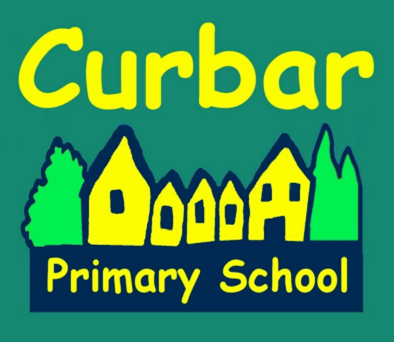Reading and Phonics in the Early Years

Please see our Phonics and Early Reading Policy below.
Please see a copy of the presentation at the recent ‘Little Wandle’ parent meeting below.
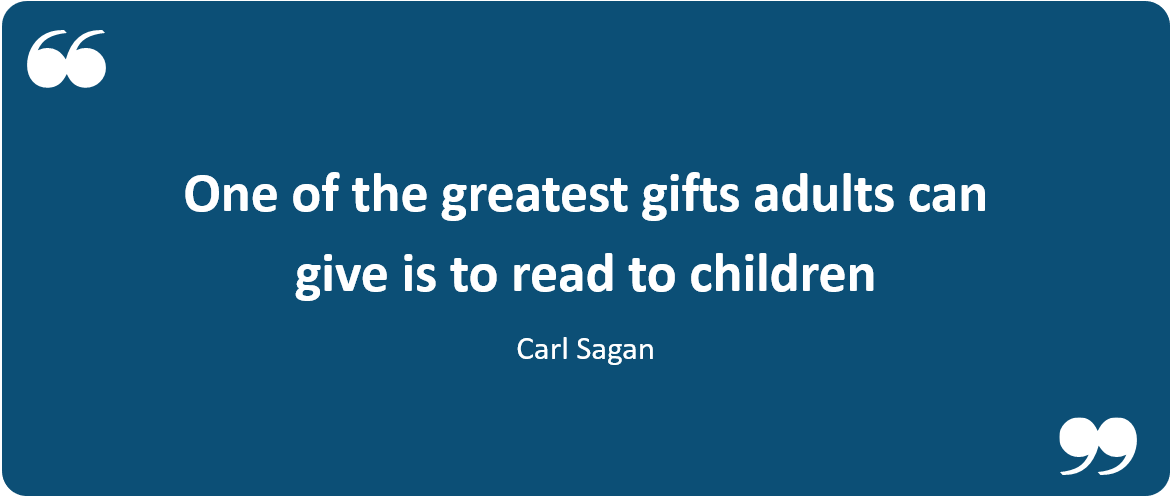
Reading, along with writing, makes up literacy, one of the four specific areas of the new Early Years Foundation Stage (EYFS 2021). The term “literacy” is used by some to simply describe reading and writing, but in fact literacy covers a much wider range of learning. Literacy in the early years includes talking about books, print in the environment, early mark making and writing, as well as sharing books and reading. The framework says of literacy:
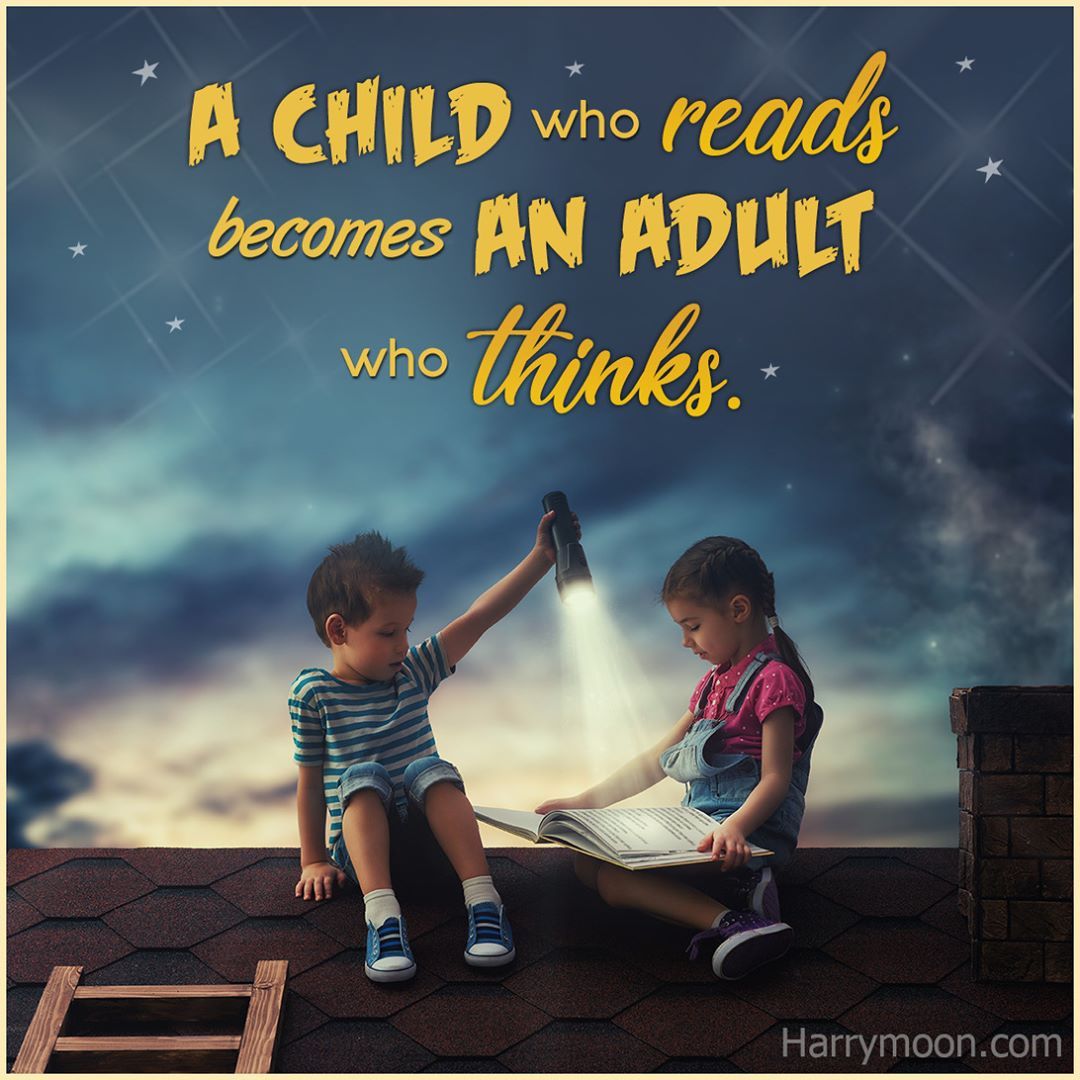
‘It is crucial for children to develop a life-long love of reading. Reading consists of two dimensions: language comprehension and word reading. Language comprehension (necessary for both reading and writing) starts from birth. It only develops when adults talk with children about the world around them and the books (stories and non-fiction) they read with them, and enjoy rhymes, poems and songs together. Skilled word reading, taught later, involves both the speedy working out of the pronunciation of unfamiliar printed words (decoding) and the speedy recognition of familiar printed words. Writing involves transcription (spelling and handwriting) and composition (articulating ideas and structuring them in speech, before writing).
To be ready to start reading, children need to have a variety of skills in place. These early reading skills include matching, rhyming, awareness of phonics and the skills associated with language development such as listening, attention, alliteration and sound discrimination.
At Curbar, communication, language and literacy sit at the heart of our curriculum design throughout our Early Years. We are committed to engaging our children with stories and rhymes from a very young age. Early language development is established through daily stories and rhymes. Children will experience quality reading, story, rhyme, talk and play on a daily basis. This is carefully planned within directed teacher led sessions and in our continuous provision.
The Simple View of Reading
Reading has two parts – word reading and comprehension. Our reading curriculum is underpinned by the Simple View of Reading. To become a successful reader, children need to have both decoding skills (the ability to ‘read’ the words on the page), fluency and comprehension skills (the ability to ‘understand’ what is on the page).
Little Wandle Phonics Programme
|
‘A love of reading is the biggest indicator of future academic success.’ OECD (The Organisation for Economic Co-operation and Development) |
What is phonics?
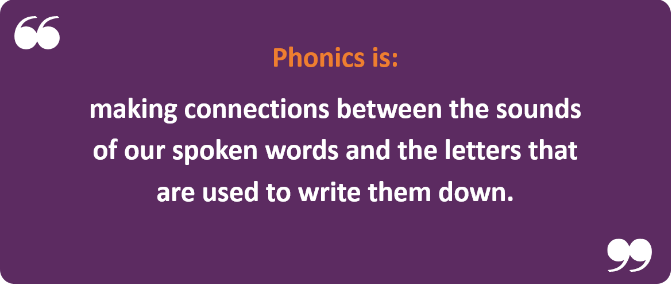
Phonics is a way of teaching children to read and spell quickly and skilfully. They are taught how to:
- Recognise the sounds that each individual letter makes;
- Identify the sounds that different combinations of letters make – such as ‘sh’ or ‘oo’
- Blend these sounds together from left to right to make a word.
- Children can then use this knowledge to ‘decode’ new words that they hear or see. This is the first important step in learning to read.
Why is Little Wandle Letters and Sounds an effective scheme?
Little Wandle is a Department for Education approved Systematic, Synthetic Phonics programme (SSP) and we believe it is a programme that is best suited to the needs of our children at Curbar for many reasons.
Alongside the technique of ‘sounding out’ new words, we actively encourage the learning of words from memory. Within our phonics planning, we teach children the high frequency words and common exception words. We refer to these sight words as our ‘tricky words’.
Little Wandle also puts a strong emphasis on fluency and comprehension. Children are given opportunities to apply what they have learnt in daily phonics sessions through group reading with the teacher three times a week, with a book that is matched to their ability. The book is then taken home the following week so parents can practice fluency reading at home.
How we teach phonics
To find out more, please visit the Little Wandle Letters and Sounds Revised link ‘How we teach phonics’ for further information.
Supporting your child with reading
Although your child will be taught to read at school, you can have a huge impact on their reading journey by continuing their practice at home.
There are two types of reading book that your child will bring home:
A reading practice book:
This book has been carefully matched to your child’s current reading level. The teacher has already read this book with your child in their group reading sessions. If your child is reading it with little help, please don’t worry that it’s too easy – they should be able to read 95% of the words – your child needs to develop fluency and confidence in reading. Listen to them read the book. Remember to give them lots of praise – celebrate their success! If they can’t read a word, read it to them. After they have finished, talk about the book together – but avoid turning it into a test.
A sharing book:
In order to encourage your child to become a lifelong reader, it is important that they learn to read for pleasure. The desire of wanting to read will help with the skill of reading. The sharing book is a book they have chosen for you from the classroom or school library to enjoy together. Please remember that you shouldn’t expect your child to read this alone. These books offer a wealth of opportunities for talking about the pictures and enjoying the story. It is important to offer a variety of books, including non-fiction, so they can enjoy a range of writing. Read it to or with them. Discuss the pictures, enjoy the story, predict what might happen next, use different voices for the characters, explore the facts in a non-fiction book. The main thing is that you have fun!
A short video with further information can be found at the link ‘Reading books with your child’
Click in the link ‘Books coming home’ to view the video.
There is a lot more information available to parents at the Little Wandle website and can be found at the link ‘Parent Resources’
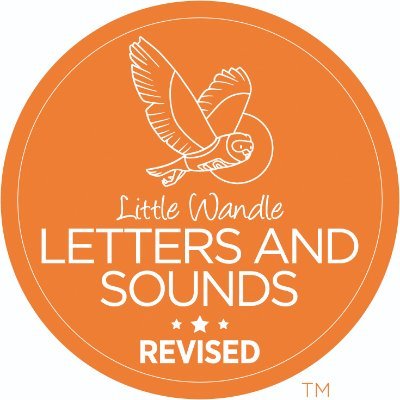
Nursery (Phase 1):
This phase falls largely within the Communication, Language and Literacy area of learning in the Early Years Foundation Stage. The aim of this phase is to foster children’s listening and speaking skills as preparation for learning to read with phonics. The children will also have carefully planned activities that develop the skills needed before learning phonics. These skills are as follows:
- Spoken language – Children will learn spoken language, the ability to listen carefully and respond through rich language experiences. The adults are skilful in their communication often saying more is necessary to develop children’s understanding of language. There will be opportunities for silence and careful listening, play and interaction that enable them to engage in talk.
- Physical activity – This supports sensory awareness and integration. Children will develop a range of physical skills to be able to engage effectively in learning, including being able to sit still and focus. This includes, balance and proprioception, crossing the midline, and sensory awareness and integration. These skills are not developed by sitting still. Young children need to be active; to move and have opportunities for vigorous activity to develop these physical foundations for learning.
- Meta-linguistic awareness – In order to access our phonics teaching with success children need to be able to think and talk about language. Children will develop this awareness through language-play, and through reading storybooks in ways that draw children’s attention to language.
- Environmental print – Becoming literate needs a context. Children in our setting will develop an understanding of why, where and how print (including digital print) is used, so that learning phonics and to read and write are meaningful activities. Adults in the setting act as facilitators in children engaging with a print rich environment to support their emerging understanding, and use, of print.
- Symbolisation – Writing is the symbolic representation of speech, and reading is the decoding of symbols. Learning to symbolise requires that children make the cognitive shift from first to second-order symbolism. This is achieved through learning opportunities in nursery that facilitate children’s use of gesture and language, through symbolic use of resources in their play, and in mark marking.
- Phonological awareness – Phonological awareness begins and flows from the ability to hear, recognise and label environmental sounds. Children are supported in developing their ability to identify and orally manipulate units of language, such as identifying oral rhymes, and an awareness of aspects of language such as words, syllables and onset-rime.
Reception (Phases 2-4):
In Reception children have a daily phonics session with their class teacher. They will continue to be exposed to a learning environment that develops the crucial pre phonic skills introduced in nursery. The children will very quickly, within the first few weeks of starting school, begin learning the phase 2 sounds. This will then progress at pace onto phase 3 and 4. All sessions are short, focused and of course fun! Children are split into groups and parents are informed on their development. During these phases, children learn:
- How to represent each of the 44 phonemes by a letter or sequence of letters
- How to blend phonemes together for reading
- How to segment (split) words for spelling
- The letter names
- How to read and spell some high frequency ‘tricky’ words e.g. they, my, you
Year 1 (Phase 5) – Children start year 1 recapping phase 4 for a couple of weeks and then consolidating all previous learning. The children then move onto phase 5. We understand that children move at a different pace so we have carefully planned intervention groups with excellent, trained staff. They will learn alternative ways of representing the same phoneme e.g. ai, ay, a-e. Children rapidly expand their ability to read and spell words with increasing challenge. They are also taught to read and spell words with more challenging and unusual spelling patterns e.g. chimpanzee. Parents can attend phonics workshops run throughout the year and can see phonics being taught. The phonics screening check is in June of year 1.
Year 2 (Phase 6): During this phase, children become fluent readers and increasingly accurate spellers. All children are taught phase 6 which is a focus on spelling- prefix, suffix, spelling rules, compound words, past tense and plural rules.
Early Learning Goal – Literacy
The level of development children should be expected to have attained by the end of the EYFS is defined by the early learning goals (ELGs) as set out below.
ELG: Comprehension
Children at the expected level of development will:
– Demonstrate understanding of what has been read to them by retelling stories
and narratives using their own words and recently introduced vocabulary;
– Anticipate – where appropriate – key events in stories;
– Use and understand recently introduced vocabulary during discussions about stories, non-fiction, rhymes and poems and during role-play.
ELG: Word Reading
Children at the expected level of development will:
- Say a sound for each letter in the alphabet and at least 10 digraphs;
- Read words consistent with their phonic knowledge by sound-blending;
- Read aloud simple sentences and books that are consistent with their phonic knowledge, including some common exception words.
Phonics Screening Test
The Phonic Screening Check for our year 1 pupils is set to take place the week beginning Monday 12 June 2023.
At the end of Year 1 children are assessed using the National Phonics Screening Test and this is repeated for those who did not achieve the appropriate level at the end of Year 2. This assessment gathers information on the children’s ability to blend and segment decodable words to read.
The children sit with Mrs Callard one to one in a relaxed environment and read 40 decodable words. If a child reads a word incorrectly, the teacher will just move onto the next word. Some words are real words and some are ‘pseudo’ or nonsense words (we describe these as the names of imaginary alien creatures). Above is a sample of 2 test pages. The test is very child friendly and is a great assessment tool for teachers.
In Year 2 – The children may or may not have passed. This information is carried to year 2 where we ensure the children are supported. We identify gaps and provide extra group work to support these children daily. Some children pass but may still need confidence building or help to apply their knowledge to their writing. All children are taught phase 6 which is a focus on spelling- prefix, suffix, spelling rules, compound words, past tense etc. The children who did not pass the check will get the chance to take it again in June.
After Year 2- Some children may still need support with their reading, writing and confidence in this area. Teachers communicate the children’s needs and parents are informed on progress. Children will be part of our provision map to ensure support carefully matches their needs and quickly diminishes the difference and closes the gap in attainment.
As a school, we have clear expectations on our children’s phonics progress term-by-term, from Reception to Year 2.
Please see the attachment below for the Little Wandle programme overview for Reception and Year 1.
LW Programme Overview Reception and Year 1
We are committed to investing in high-quality phonetically decodable reading books in school. Books are sequenced systematically and are matched closely to our phonics programme. Quality time is given to children to practise reading and re-reading books that match the grapheme-phoneme correspondences they know, both at school and at home.
Some useful websites
If you would like to find out more about phonics, visit the phonics section of the Department for Education Website
(Click Here) https://www.gov.uk/government/collections/phonics
Other websites to support practice phonic skills
We are committed to supporting all of our parents in becoming skilled and confident in supporting their child’s phonics. Further information on supporting children’s phonics at home can be found below.
